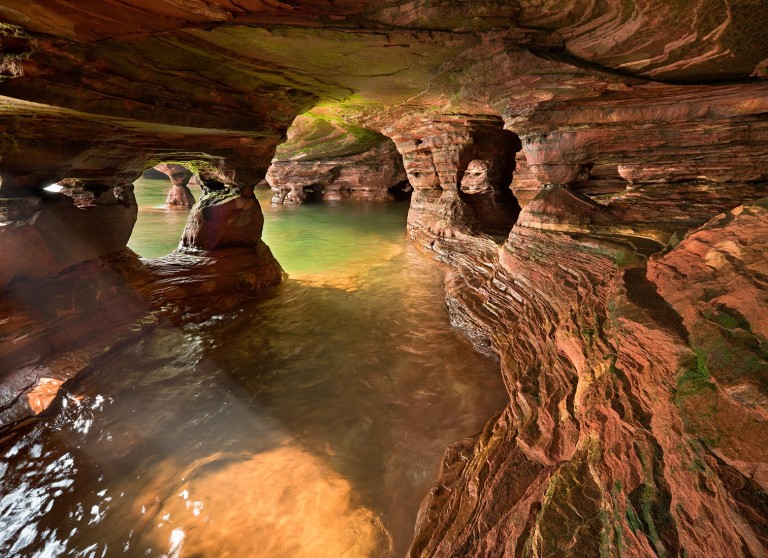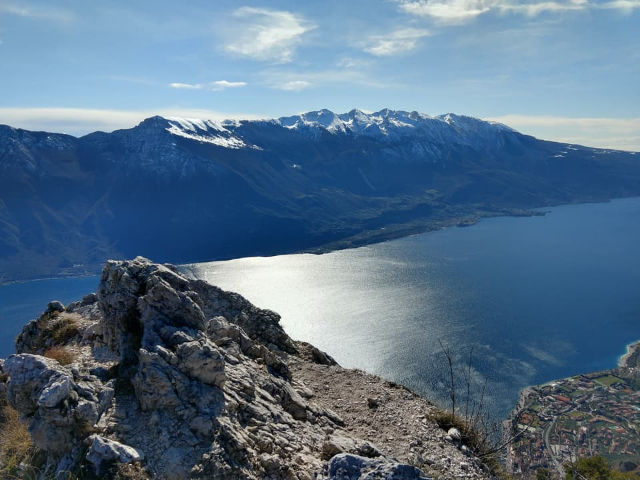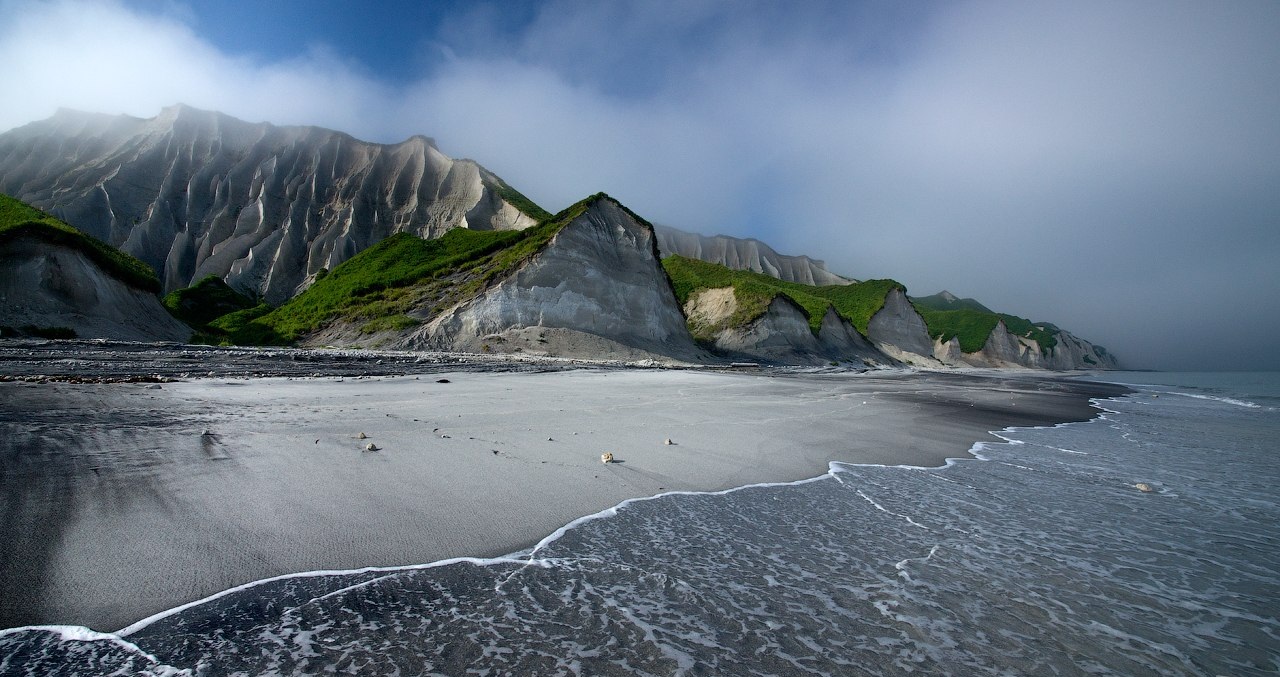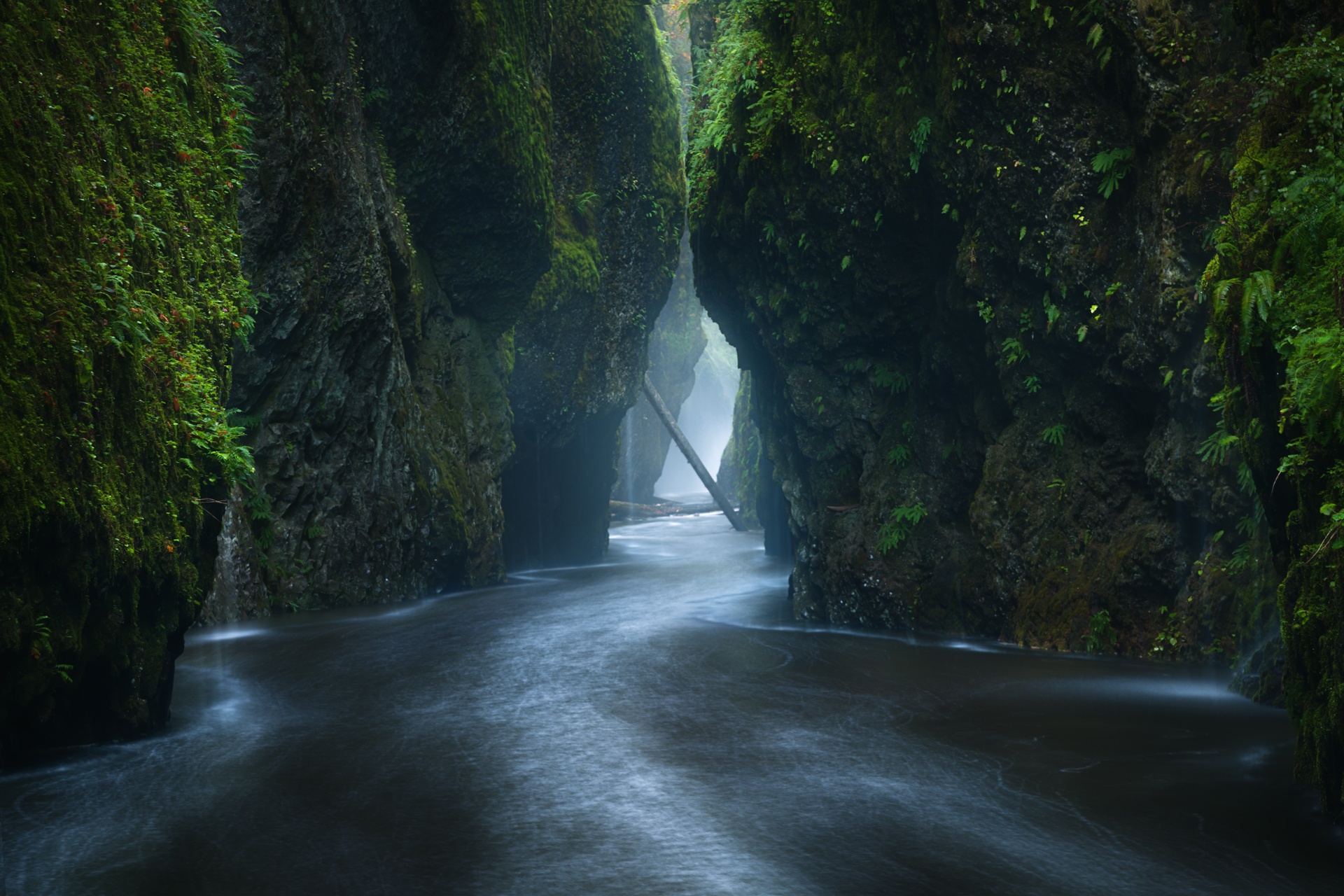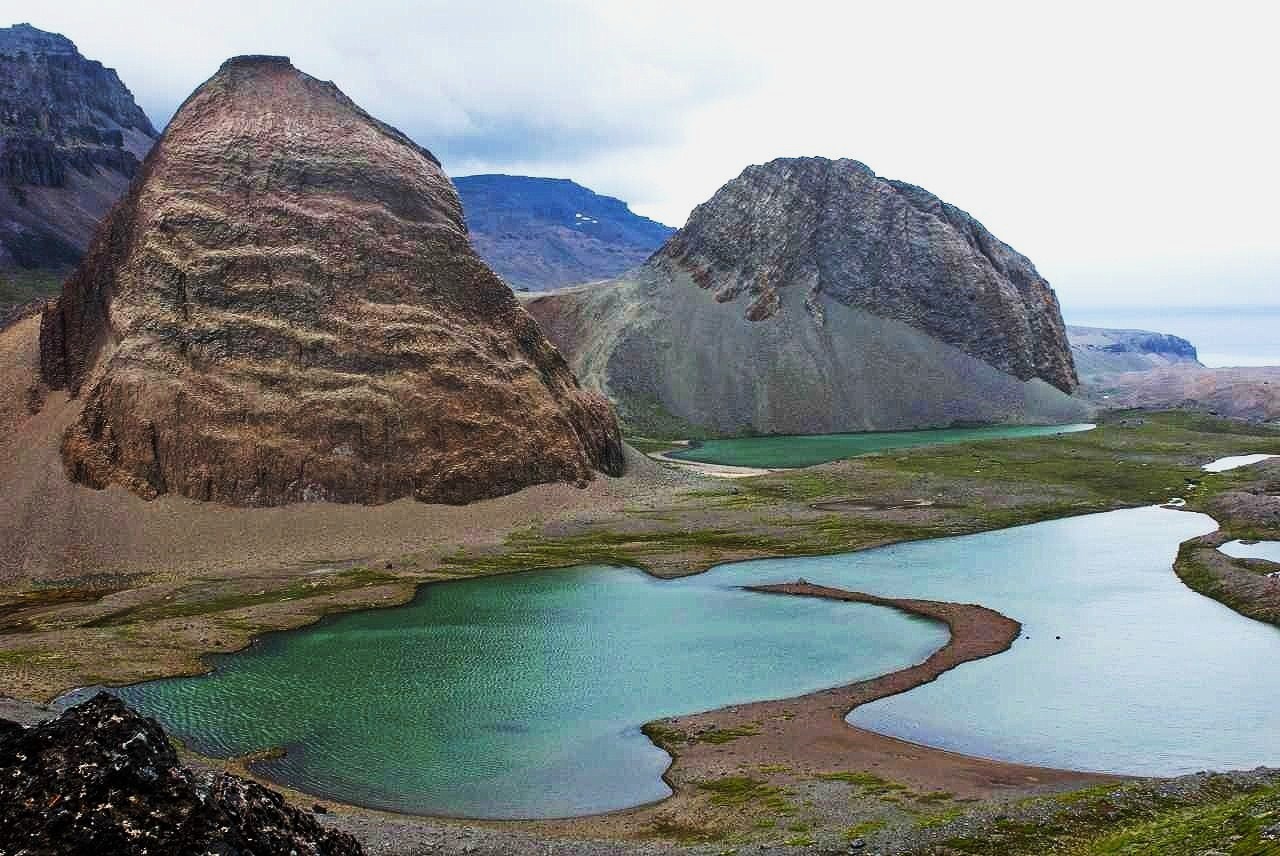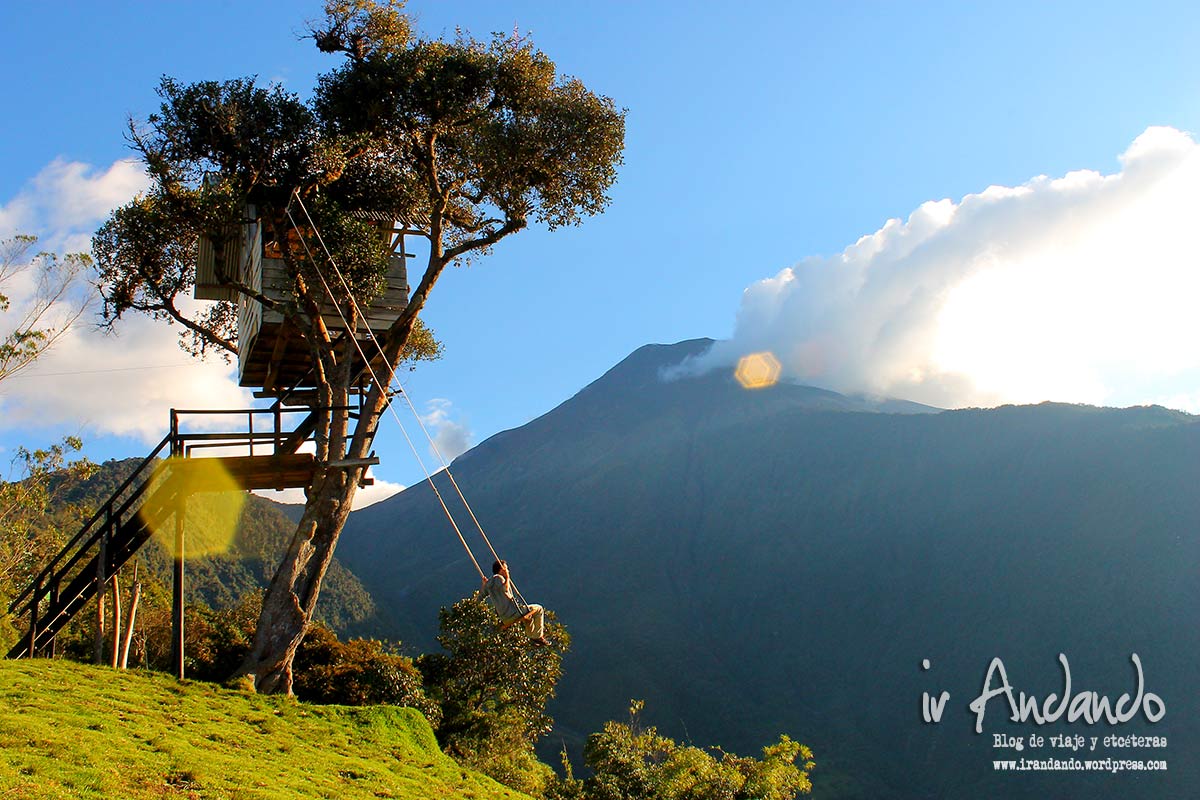They are the symbol of the Blue Island, but not only that: they are probably one of Italy’s most famous natural beauties in the world. The Faraglioni of Capri are imposing rocky cliffs that rise out of the water, just a few meters off the coast of Capri. Did you know, for example, that Capri’s three stacks have a name? Saetta è the one joined to the mainland, the tallest at 109 meters high. The middle one è called Stella (81 meters ) and has a cavity in the center with a 60-meter-long natural tunnel that runs through the whole of it. The name is perhaps è to be attributed to a cult of the Madonna della Libera, also known as Stella Maris, to whom è a 14th-century chapel on Mount Castiglione was dedicated.The outermost stacks, on the other hand, è called Scopolo cioè a promontory above the sea, which reaches a height of 104 meters. On the latter stacks lives the world-famous blue lizard.Actually, of stacks there is also another one, Monacone, so called because of the presence, until the early 20th century, of the monk seal, a species of seal that lived near the rock until 1904, when the last specimen was murdered near Palazzo a Mare.
There are remains of Roman masonry on the rock, attributed without any criteria to the remains of the tomb of the architect of Augustus: Masgaba. Other theories, however, suggest a function of tanks for salting fish or even an enclosure for raising rabbits.
The stacks were also mentioned by Virgil in the Aeneid narrating the myth of the Sirens. The name derives from the Greek pharos, which means lighthouse.In ancient times, in fact, on the mountains and rocks near the coasts, large fires were lit during the night hours so as to signal to navigators both the route and any obstacles dangerous to navigation itself. Most likely the stacks had the same function.
The outermost rocky peak, Faraglione di Fuori, è is best known for being the only habitat of Podarcis siculus coeruleus, the scientific name for the blue lizard. This species is made unique by the very special bluish coloration that runs from the throat to the belly to the tail, being interrupted only by the blackish pigmentation present on the back.


